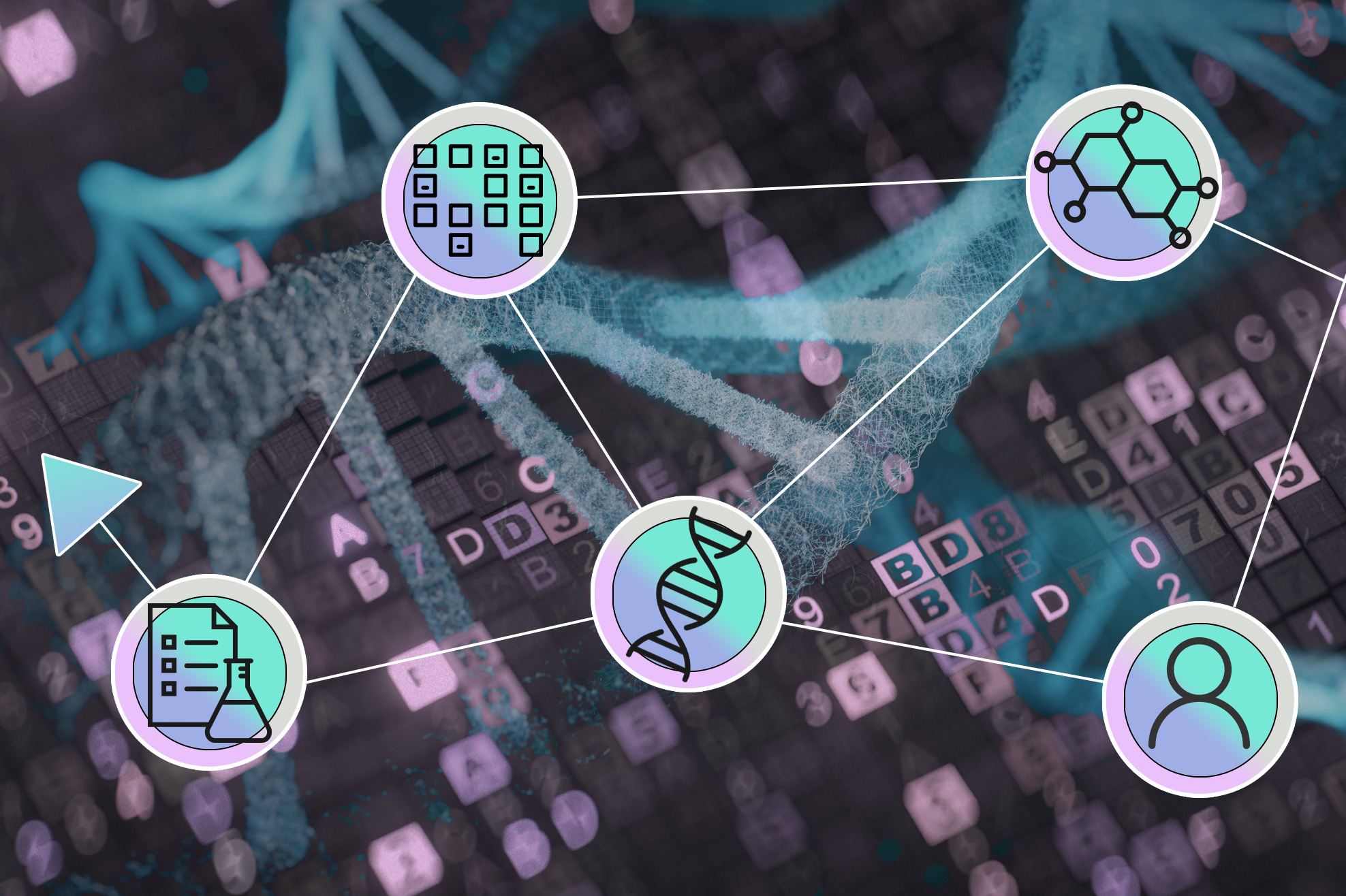Introduction to AI-Powered Heart Disease Prediction
The National Heart Centre Singapore is set to pilot a new AI-powered solution for rapid coronary artery disease prediction. This innovation has the potential to revolutionize the way heart conditions are diagnosed and treated.
What is SENSE?
SENSE (Singapore Heart Lesion Analyser) is a machine learning-driven system that can automatically interpret heart image scans and evaluate risk for CAD. It deploys AI algorithms and patented post-processing technologies to analyse four CAD parameters from CT scans: coronary calcium scores, epicardial adipose tissue, coronary stenosis, and plaque. These initial CAD determinants were highlighted by the NHCS APOLLO cardiac database.
How SENSE Works
According to NHCS, SENSE can generate reports for clinicians "within 10 minutes," which improves from the typical two to four hours processing time. This rapid analysis can help clinicians implement timely and appropriate intervention and treatment strategies.
Why is SENSE Important?
CAD accounts for nearly a third of cardiovascular-related deaths in Singapore. The NHCS seeks to further prevent these deaths by leveraging AI to early track and monitor such heart conditions as CAD. By using SENSE, clinicians can provide more accurate diagnoses and treatments, potentially saving lives.
The Technology Behind SENSE
The hospital, through the CardioVascular Systems Imaging and Artificial Intelligence Research Laboratory (CVS.AI), leads the SENSE project with A*STAR Institute for Infocomm Research. Established in 2021, the laboratory has recently moved to a new facility and expanded its fleet of GPUs, which now enables the real-time processing of large datasets. SENSE also builds on CVS.AI’s flagship project, the APOLLO database, which holds around three million heart images and information from approximately 5,000 patients across major heart centres in the country.
Benefits of SENSE
"SENSE provides high precision in predicting CAD, allowing clinicians to implement timely and appropriate intervention and treatment strategies," underscored Lohendran Baskaran, NHCS assistant professor and director and core clinical lead of CVS.AI. In addition to the NHCS, the CAD prediction tool will also be piloted at two other major cardiac hospitals, the National University Hospital and Tan Tock Seng Hospital (TTSH), in the third quarter of the year.
The Larger Trend
Other organizations are also working on AI-powered solutions to assess a person’s risk for CAD. For example, Health BETA, a Singaporean startup, is developing a tool that utilizes Asian genomics data to produce an enhanced polygenic risk score for CAD. According to founders Tan Kae Yuan and Heng Chew Kiat, the solution is slated for release sometime this year.
Conclusion
The development of SENSE is a significant step forward in the fight against coronary artery disease. By leveraging AI and machine learning, clinicians can provide more accurate diagnoses and treatments, potentially saving lives. As this technology continues to evolve, we can expect to see even more innovative solutions for predicting and preventing heart disease.
FAQs
- What is SENSE?
SENSE is a machine learning-driven system that can automatically interpret heart image scans and evaluate risk for CAD. - How does SENSE work?
SENSE deploys AI algorithms and patented post-processing technologies to analyse four CAD parameters from CT scans. - Why is SENSE important?
SENSE can help clinicians implement timely and appropriate intervention and treatment strategies, potentially saving lives. - Who is developing SENSE?
The National Heart Centre Singapore, in partnership with A*STAR Institute for Infocomm Research, is developing SENSE. - When will SENSE be available?
SENSE will be piloted at three major cardiac hospitals in the third quarter of the year.











